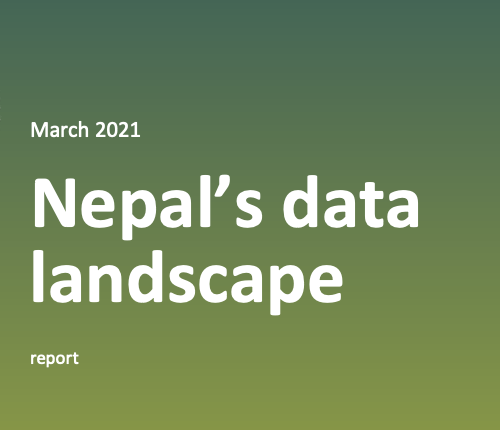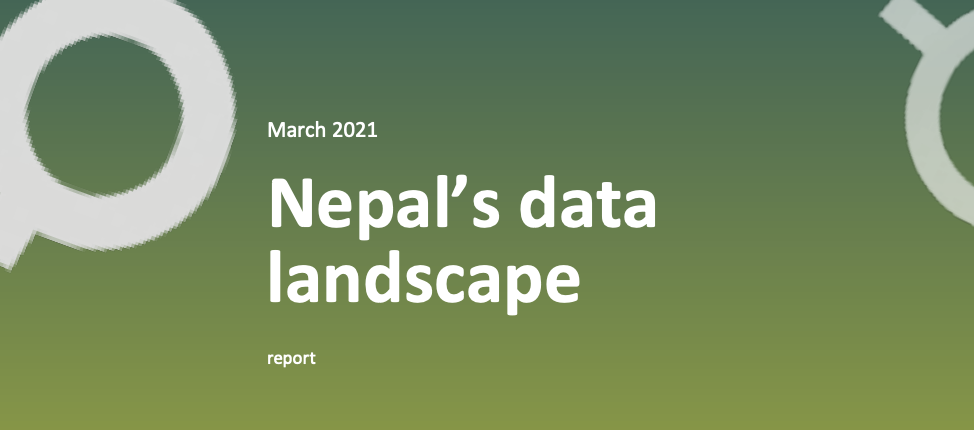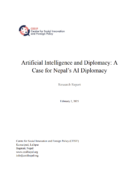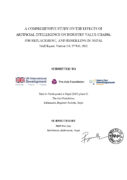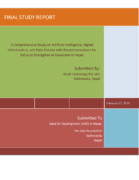
How can Nepal’s data community drive the data revolution?
March 23, 2021
Towards federal statistics: Meeting the data needs of Nepal’s new constitution
March 23, 2021Nepal’s data landscape
Nepal’s data landscape
Diagnostic of the current state of national data infrastructures across Nepal and recommendations for the further development of the country's national statistical system under federalism. Nepal’s 2015 federal constitution has major implications for the way in which data is collected and used across all spheres of government. Before 2015 Nepal’s national statistical system was a highly centralized, top-down administration relying to a large extent on a variety of sample surveys and the decennial population and household census. Post 2015, the federal government requires a new statistical system where responsibilities, particularly around administrative data, are shared across spheres of government. In light of this change, the report, seeks to answer the questions; Can pre-2015 strategies and infrastructures meet this challenge, or is there a need for a fresh approach? In order to address this question, an extensive study was conducted on the core data systems which forms the foundational building blocks of Nepal’s national statistical system. These include such as civil registration and vital statistics (CRVS), public financial management (PFM), health, education, economy, agriculture and disaster risk management (DRM). The findings from the study showed; many local governments, particularly rural municipalities, lack the resources and capacity to meet the responsibilities thrust on them by the constitution and the Local Government Operations Act, traditional national data governance frameworks need adaptation to accommodate the new constitution and the key challenge for information systems is to make them usable by local government. As for the recommendation, the report highlights the need for a new approach to the development of national data infrastructures and the production of statistics that are of use not only to the federal and provincial spheres, but to local government as well.

